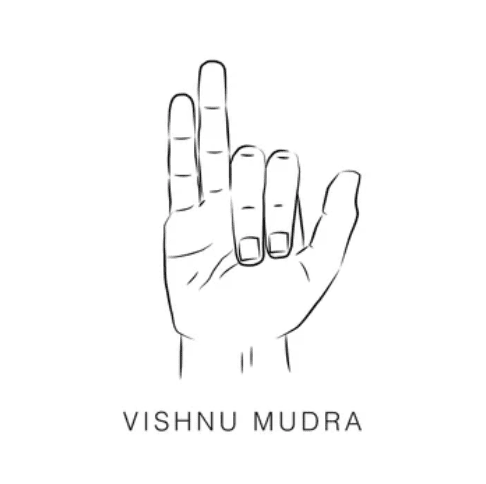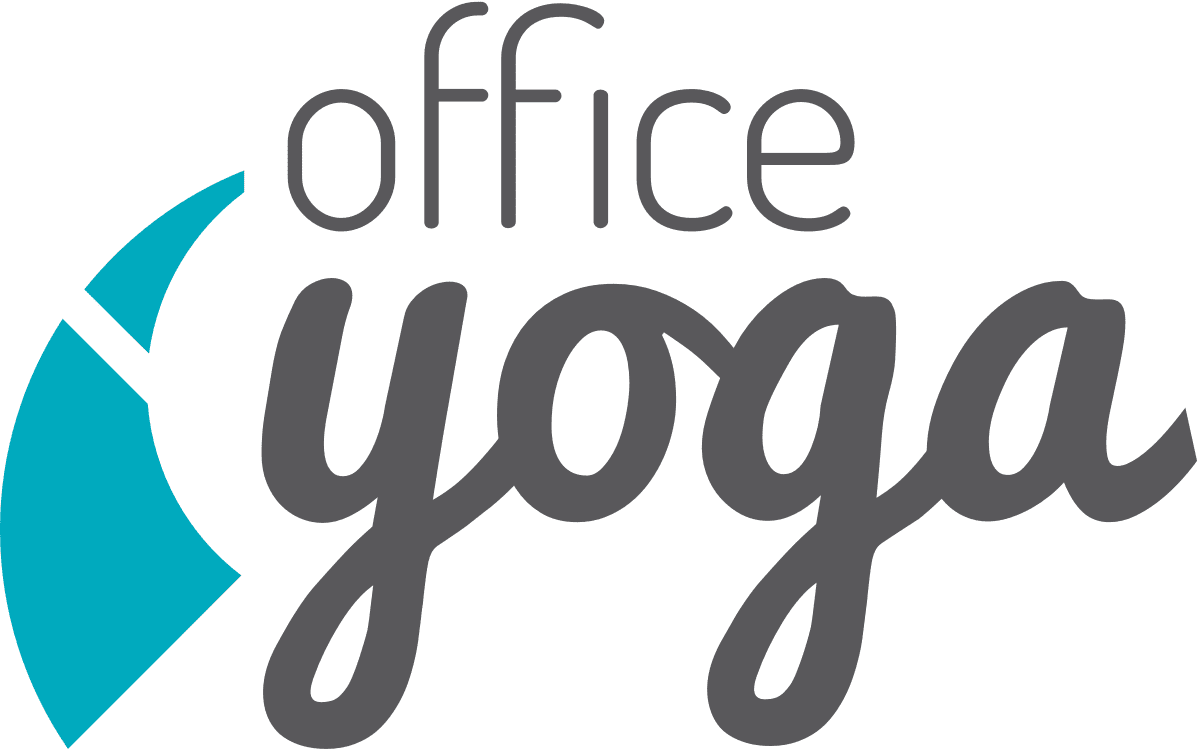Combat Anxiety with Your Breath

When I say combat anxiety with your breath, I mean physically let go of that tension. It’s that feeling of taking a heavy backpack off your shoulders. There are many relaxation techniques for anxiety, and Physi Breath (pron. “fizzy”) is the quickest route.
When you are feeling stressed or claustrophobic, the body’s neurological pattern is to take two inhales, followed by an exhale through the mouth. This is a physiological sigh and the body’s natural way of releasing stress and coming back into balance.
Why this relaxation technique works for anxiety
Stanford researcher, Andrew Huberman explains, “You have little sacks of air in the lungs, which increase the volume of air that you can bring in. Those sacks collapse over time, and as a result, oxygen levels start to go down and carbon dioxide levels go up in the bloodstream and body, and that is a big part of the signaling of the stress response.”
The double inhale of the physiological sigh “pops” the air sacks (called alveoli) open, allowing oxygen in and enabling you to offload carbon dioxide in the long exhaled sigh out. It’s like a release valve for the body.
4 relaxation techniques for anxiety
The Physi Breath may be the fastest acting technique to combat anxiety, but it’s not the only one. In yoga, we have a number of breathing techniques to calm the mind. Here are some of my favorites:
Complete Breathing, beginner’s relaxation technique for anxiety
This is a good technique to combat anxiety. In this pattern, the three lobes of the lungs are filled sequentially in one complete breath.
- Start by exhaling all the breath out
- Inhale one-third full, and pause
- Inhale two-thirds full, and pause
- Inhale all the way full
- Exhale slowly
Once you are comfortable with this technique, you can do the same pattern but with the exhales. Through this exercise we learn how to better breath and control the lungs for more complex breathing.
Calming Breath, anyone can do this
A simple relaxation technique for anxiety is Calming Breath.
- Inhale slowly for eight counts
- hold (no hand is needed) for four counts
- exhale for eight counts
The 8-4-8 rhythm is essential in this exercise. The counts may be 4-2-4, 6-3-6, or 8-4-8 to start. This breathing calms the mind and diminishes cravings and desires. It makes the heart pump more slowly and rhythmically, and prepares the mind for meditation.
Positive Breathing, we can all benefit from this

Breath through the right nostril only. Using the right hand, fold the index and middle fingers into the palm, extend the thumb, ring finger, and pinky (Vishnu Mudra) and close the left nostril with the ring finger.
Through right nostril only
- Inhale for a count of eight
- hold for six
- then exhale for eight
For beginners, inhale for four, hold for three, and exhale for four (4-3-4). Only the thumb moves and heat is generated inside the body. Be sure that Positive Breathing is only done through the right nostril. This relaxation technique increases positive feelings, improves digestion, and generates heat.
Physi Breath, the most efficient relaxation technique for anxiety
We can’t leave this one out! The physiological sigh is the fastest acting (in current science) technique there is to shift your internal landscape. Try this to combat your anxiety:
- Inhale through the nose half way and pause
- Inhale through the nose all the way
- Exhale slowly through the mouth
I personally do this before I present, teach, or open up my inbox. For more breathing techniques and accountability, join us at the Office Yoga Institute for daily classes.
Office Yoga offers virtual meditation, desk yoga, and office yoga flow classes to large corporations, B Corps, and individuals. You’re welcome to join us; we would love to have you!
